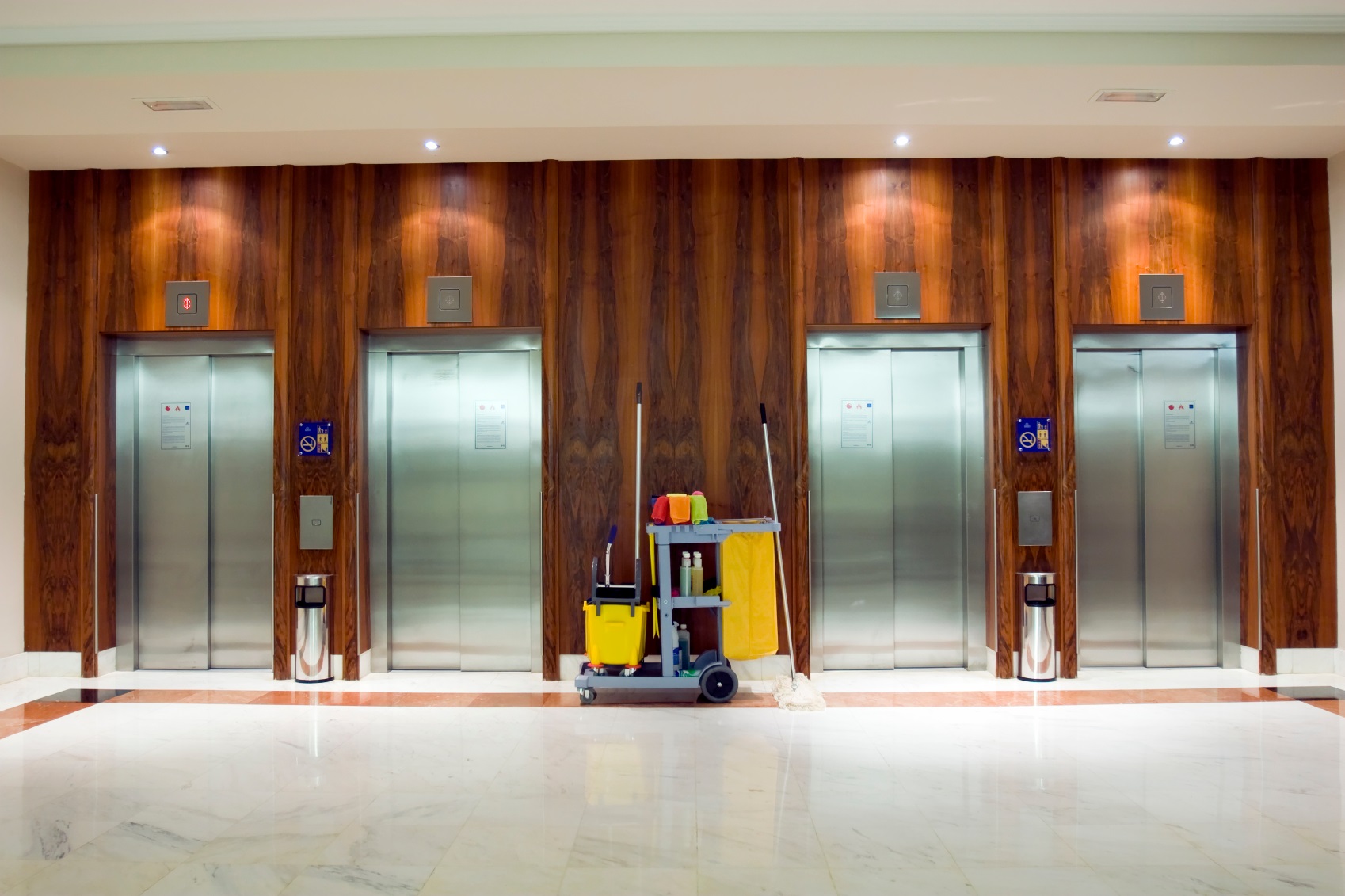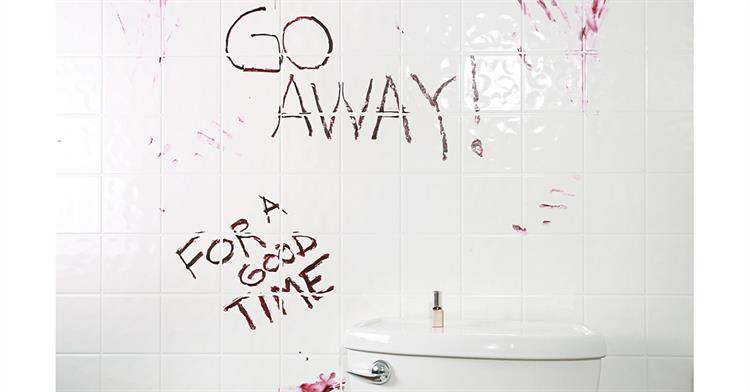
Cleanliness in Buildings
Professional office cleaners ensure a spotless clean throughout, including work spaces, conference rooms, lobbies, reception, lunchrooms, break rooms, restrooms and windows. With research showing that office work spaces can have more than 400 times the number of germs than toilets, you’ll want to ensure that your entire office is hygienically cleaned.

Free sanitary product movement
View the stall From the users point of view
Even if your best custodial workers are performing their assigned tasks as they have been trained to do, cleaning a restroom stall to the fullest may require a few extra steps.
If you’re pushing your staff to take their restroom cleaning to the next level, consider asking them to look at each stall from the customer or user perspective while they are in there cleaning. By doing so, they may notice scribbles—also known as latrinalia or graffiti—on the backside of the stall door.
Incorporate graffiti removal into your daily cleaning routine
Graffiti on walls promotes more graffiti. If it isn’t removed daily, it can get out of control quickly. Don’t make routine graffiti removal a project that requires specialized training, tools, and chemistry. Instead, look for simple solutions that can be done daily by the person who routinely services restrooms.
Incorporate products that are safe for small spaces
Products that promise to remove graffiti tend to have a chemistry that could be hazardous to the person applying it in a small space with poor ventilation. Look for products presented in a pre-saturated wipe rather than an aerosol spray or flip-top bottle that may have health hazards associated with their use.
One of my favorite graffiti prevention hacks is to apply a thin coat of mineral oil on the stalls where people are prone to write with permanent marker or ink. The oil is odorless, clear, and not easily detected by graffiti artists. If someone writes on the oiled surface, a general-purpose cleaner and a micro-denier cloth should easily remove it.
Take care by using nonabrasive products
Workers should be discouraged from using abrasive pads or sponges to remove ink or marker. This can permanently damage the painted surface.
Encourage your facility to rope you in on future updates
If your facility is planning to renovate the restrooms, it’s important the plans incorporate cleaning and maintenance for stall surfaces. An internet search for the term “graffiti-proof restroom stalls” will yield several partition products that will make the removal of latrinalia much easier without sacrificing time or using harsh solvents. Prevention is better than a cure when it comes to graffiti.
As my favorite troubadour, Paul Simon, wrote, “The words of the prophets are written on the subway walls and tenement halls and whispered in the sounds of silence.” I’ll bet Mr. Simon never had to remove latrinalia, or he might have a different perspective on the subject
From equipment to floor care, and even enviromentally friendly chemicals, Imperial Soap and Supplies with its professional partners is a sound source for providing cleaning solutions and equipment to help ensure a safe, clean, and sanitized educational facility.


